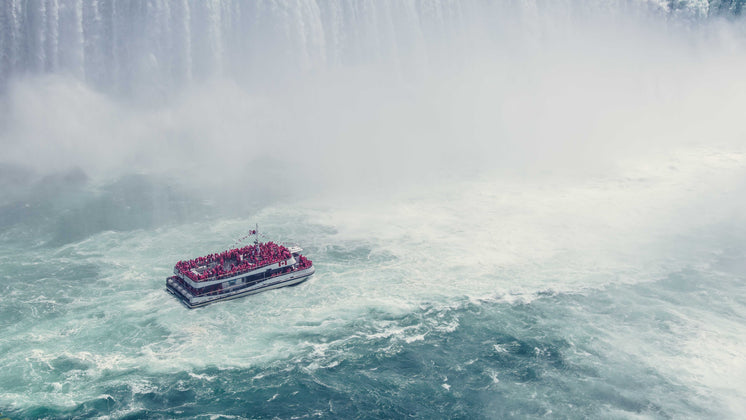It's All About (The) Hail Damage Claim
 Smoke damage refers to the harm caused by the particles and gases released during or after a fire. While flames can cause immediate and visible destruction, smoke damage can permeate materials and affect structures long after the fire is extinguished. This report explores the causes, effects, and remediation of smoke damage, emphasizing its often underappreciated consequences.
Smoke damage refers to the harm caused by the particles and gases released during or after a fire. While flames can cause immediate and visible destruction, smoke damage can permeate materials and affect structures long after the fire is extinguished. This report explores the causes, effects, and remediation of smoke damage, emphasizing its often underappreciated consequences.Causes of Smoke Damage
The primary cause of smoke damage is combustion. When materials burn, they release smoke that contains soot, ash, and various harmful gases. Different materials produce different types of smoke. For instance, wood burning generates a different smoke composition compared to plastics or synthetic fabrics. Each type of smoke has distinct properties that can affect surfaces and objects inside buildings. Furthermore, smoke can travel through ventilation systems, spreading damage throughout a property, even in areas not directly impacted by flames.
Effects of Smoke Damage
The effects of smoke damage can be severe and multifaceted. Physically, building materials like walls, ceilings, and floors can become stained and discolored due to soot buildup. Beyond visible harm, smoke particles can embed themselves in fabrics, resulting in persistent odors and damage to soft furnishings, such as carpets, drapes, and how to negotiate with insurance adjuster upholstery.
Smoke damage can also impact health. Smoke contains various harmful chemicals, including carbon monoxide, formaldehyde, and benzene, which pose significant health risks. Individuals exposed to smoke may experience respiratory issues, skin irritation, and other long-term health problems. Vulnerable populations—including children, the elderly, and those with preexisting health conditions—are particularly at risk.
From an economic perspective, smoke damage can be costly. The loss of property, combined with the expenses associated with cleanup and restoration, can lead to significant financial burdens on homeowners and businesses. Additionally, smoke damage can affect property values and complicate insurance claims, adding another layer of difficulty for those affected.
Remediation of Smoke Damage
Effective remediation of smoke damage is crucial for minimizing its long-term effects. The first step is to ensure that the fire is completely extinguished and that the area is safe for inspection and repair. Professionals often use specialized equipment and techniques to assess the extent of the damage.
The remediation process typically involves cleaning and deodorizing surfaces that have been affected by smoke. High-powered vacuums may be used to remove soot, while chemical cleaning agents may be necessary for tougher stains. For items that are heavily damaged, such as upholstery or carpets, restoration may involve a combination of cleaning and replacement.
It’s vital to address odors as they can linger even after initial cleaning. Commercial-grade air scrubbers and ozone generators are often employed to neutralize smoke odors in affected spaces. Additionally, sealing surfaces that have absorbed smoke residue can prevent lingering smells and protect against further damage.
Finally, it’s important for property owners to work closely with professionals who specialize in fire restoration and smoke damage remediation. These experts can provide comprehensive services tailored how to negotiate with insurance adjuster the specific needs of the property, ensure the area is safe for habitation, and aid in navigating the complexities of insurance claims.
In conclusion, smoke damage poses significant challenges that extend beyond the immediate effects of a fire. Understanding its causes, acknowledging its extensive impacts, and implementing thorough remediation strategies are essential for restoring properties and safeguarding the health of occupants.



